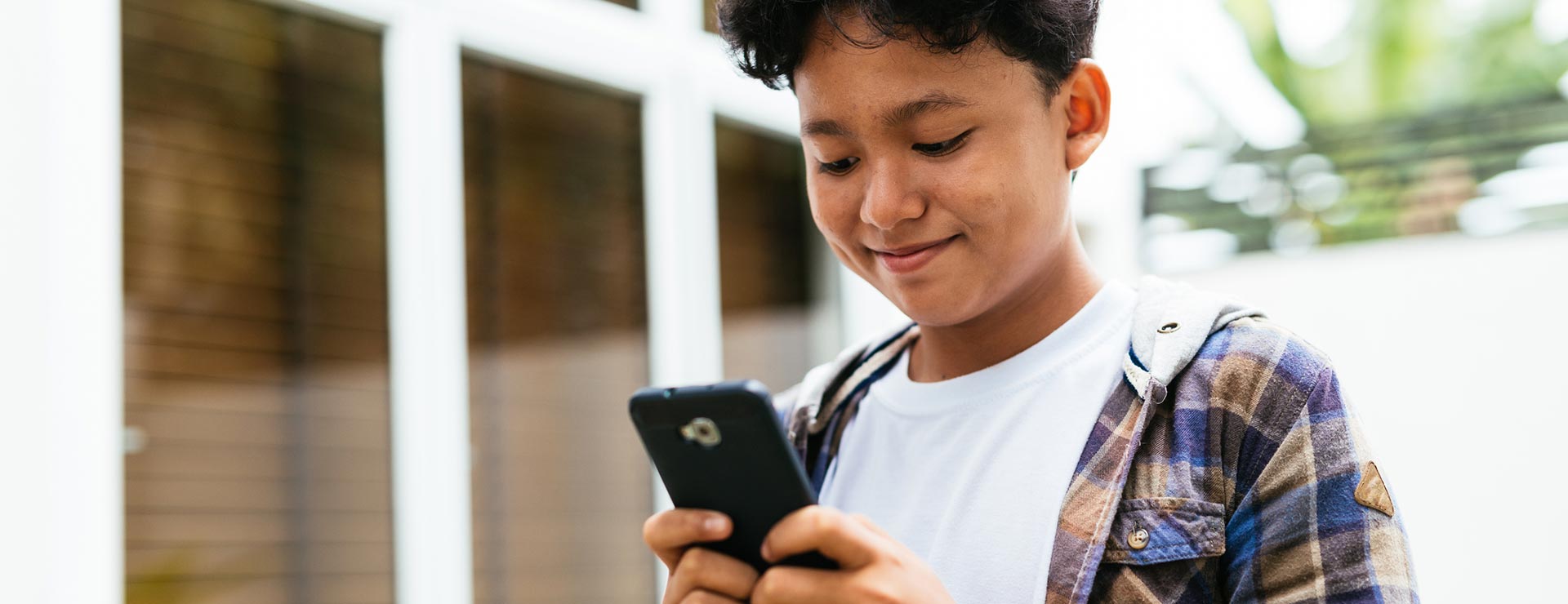Gardening, biking, hiking, camping and other outdoor activities are good for your body and mind. But unfortunately, they can also put you in contact with poison ivy, poison oak and poison sumac. The leaves on these poisonous plants contain an oil called urushiol, and when urushiol touches your skin, it can cause an itchy, blistering rash. Here’s how to treat a poison ivy, oak, or sumac rash at home.
What to Do If You Come in Contact With Urushiol
Cleanse your skin. If you think you’ve come in contact with a poisonous plant or if you develop a rash after spending time outdoors, first wash your skin with lukewarm, soapy water. Doing so can help remove some of the oil before it causes a rash. If you don’t wash off the oil, you can potentially spread it to other areas of your body or to loved ones and pets.
Wash your clothes. It’s also essential to wash the clothes you were wearing when you came in contact with the poisonous plant. Oil can remain on your clothing and spread to your skin or to others. Before removing or touching the affected clothes, put on a pair of gloves to protect your hands. Wash the clothes in hot water and laundry detergent.
Wash anything else that came in contact with the plant. This includes:
- Your pet and their leash
- Hiking and camping gear
- Golf clubs
- Gardening tools
- Outdoor sports equipment
Again, wear gloves before touching these items.
How to Treat Mild Poison Ivy Rashes at Home
Note: Only try the following treatments if:
- You’re sure the rash is caused by poison ivy, oak or sumac.
- Your symptoms are mild.
- The rash affects a small area of your skin.
If you’re not sure that a rash is caused by a poisonous plant, wash your skin and contact your health care provider.
Don’t pick at or scratch the rash. After you’ve cleaned your skin and other affected items, don’t scratch your rash or pick at blisters. Doing so can lead to an infection.
Take a cool bath or shower. Short, lukewarm baths and cool showers can help reduce itchiness. Try a colloidal oatmeal preparation in your bath (find this at the drugstore).
Use a lotion or cream. Calamine lotion and hydrocortisone cream can help calm symptoms.
Apply a cool compress. Wet a washcloth with cool water, wring it out and apply it to your skin for 15 to 30 minutes a few times a day.
Take an antihistamine pill. Antihistamine pills can also help relieve symptoms. However, don’t use an antihistamine lotion or cream, which can worsen the rash.
When to Seek Medical Care
If your rash doesn’t start to get better after seven to 10 days or has signs of infection, see your primary care provider or visit urgent care.
You should go to the emergency department if you experience:
- Trouble swallowing or breathing
- Rashes that cover most of your body
- Facial swelling (particularly if an eye swells shut)
- A fever
- A rash around your eyes, mouth or genitals
- Itching that makes it difficult to sleep
These symptoms can indicate a severe poison ivy reaction and require immediate professional care. To find a physician near you, visit pardeehospital.org
Dr. Doolittle is a board-certified family medicine physician at Pardee Family and Sports Medicine.





